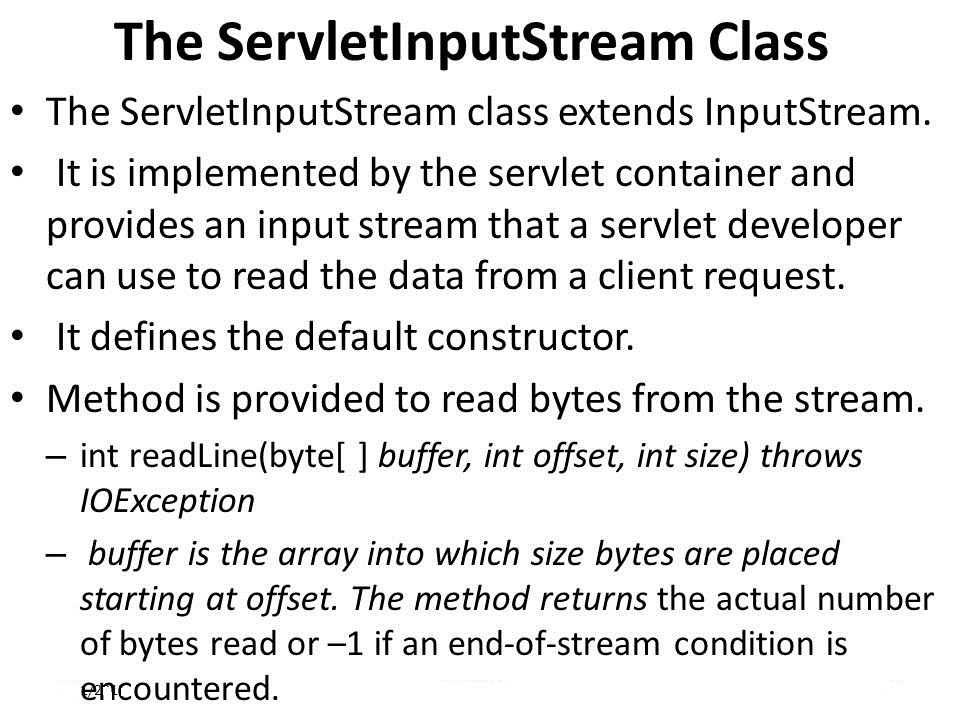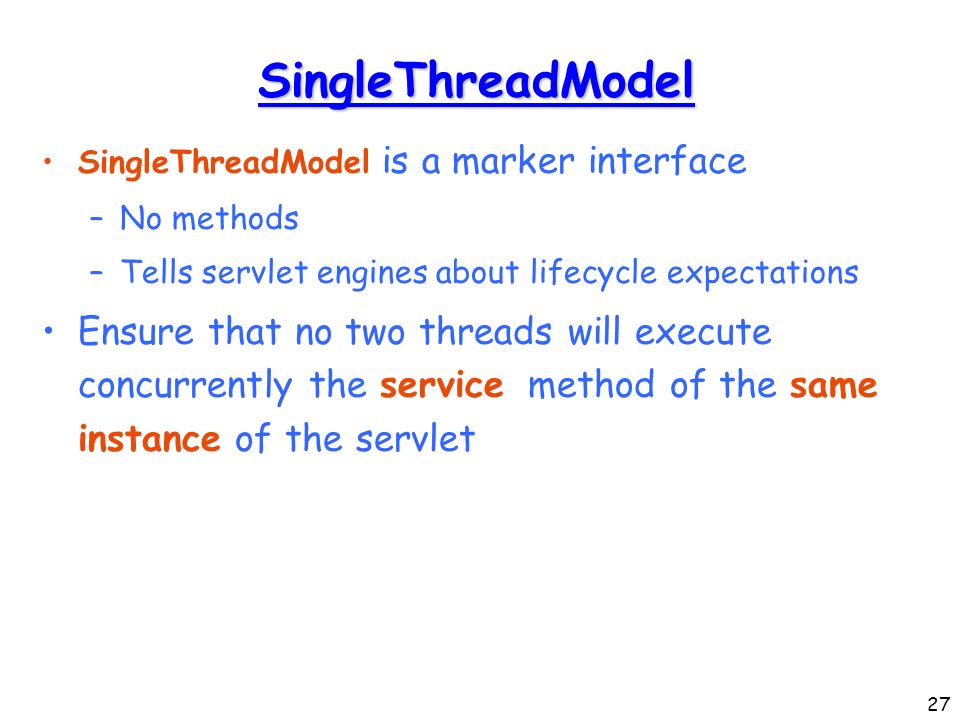The request sent by the computer to a web server, contains all sorts of potentially interesting information; it is known as HTTP requests.
The HTTP client sends the request to the server in the form of request message which includes following information:
- The Request-line
- The analysis of source IP address, proxy and port
- The analysis of destination IP address, protocol, port and host
- The Requested URI (Uniform Resource Identifier)
- The Request method and Content
- The User-Agent header
- The Connection control header
- The Cache control header
The HTTP request method indicates the method to be performed on the resource identified by the Requested URI (Uniform Resource Identifier). This method is case-sensitive and should be used in uppercase.
The HTTP request methods are:
| HTTP Request | Description |
|---|---|
| GET | Asks to get the resource at the requested URL. |
| POST | Asks the server to accept the body info attached. It is like GET request with extra info sent with the request. |
| HEAD | Asks for only the header part of whatever a GET would return. Just like GET but with no body. |
| TRACE | Asks for the loopback of the request message, for testing or troubleshooting. |
| PUT | Says to put the enclosed info (the body) at the requested URL. |
| DELETE | Says to delete the resource at the requested URL. |
| OPTIONS | Asks for a list of the HTTP methods to which the thing at the request URL can respond |








Leave A Comment